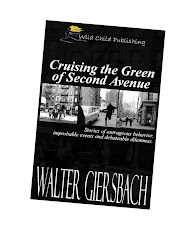Someone—Alexis de Toqueville?—called Americans autodidacts. We teach ourselves and proudly ignore authority. But something in that description made me dig around to find out who that English aristocrat was who rebelled against the Crown in 1675-76 Virginia, burned Jamestown, and attacked Native American camps with abandon. His actions—known as “Bacon’s Rebellion”—capture the tenor of the times. They may also be applicable to our world today as we struggle to regain control of government.
My synthesis is that it’s difficult to look at 17th century American history without generalizing the clash of cultures as “grasping Europeans annihilating the Native American” or “angry savages attacking innocent settlers.” Neither was the case, of course. Theirs was a power struggle between strong egos representing established government, populist immigrants and indigenous peoples.
The article (and photos posted with the footnotes) can be read at http://www.militaryhistoryonline.com/17thcentury/articles/baconsrebellion.aspx.
On another historical note, I was pleased to have my article on “Barrancas: The First Shots Fired in the Civil War” reprinted in the Camp Chase Gazette, a reenactors magazine. The piece—as above, written because of curiosity—was first carried in Military History Online (http://www.militaryhistoryonline.com/civilwar/misc/barrancas.aspx) Originally published in Jan. 2005, “Barrancas” is a review of the initial assault on a Union fort, four months prior to the fall of Fort Sumter. That dramatic confrontation included a four-month stand-off and spies who aided the Union cause. Among all the statues and medals for heroism, I don't think there's any comparable testimonial to the intrepid courage of Lt. Adam Slemmer and 82 Union troops.
Monday, January 26, 2009
Subscribe to:
Post Comments (Atom)



No comments:
Post a Comment